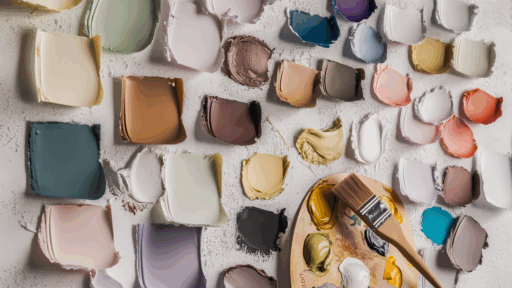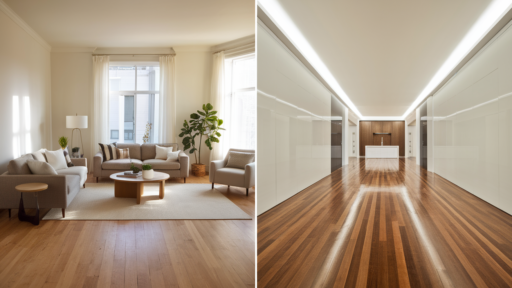When I started updating my home, I kept hearing about honey oak and golden oak – but I wasn’t sure what made them different.
At first glance, they look a lot alike, but there are some key differences that can affect your choice in flooring, cabinets, or furniture.
Honey oak has a slightly warmer, more amber tone, while golden oak leans more toward a yellow or orange tint. Both are classic wood finishes that have been popular for years, and they each bring a different feel to a room.
In this blog, I’ll break down the main differences between honey oak and golden oak, so you can decide which one fits your style better.
No matter if you’re choosing wood for a new project or trying to match an existing finish, understanding the subtle differences will make the process much easier.
Understanding the Basics of Honey Oak and Golden Oak
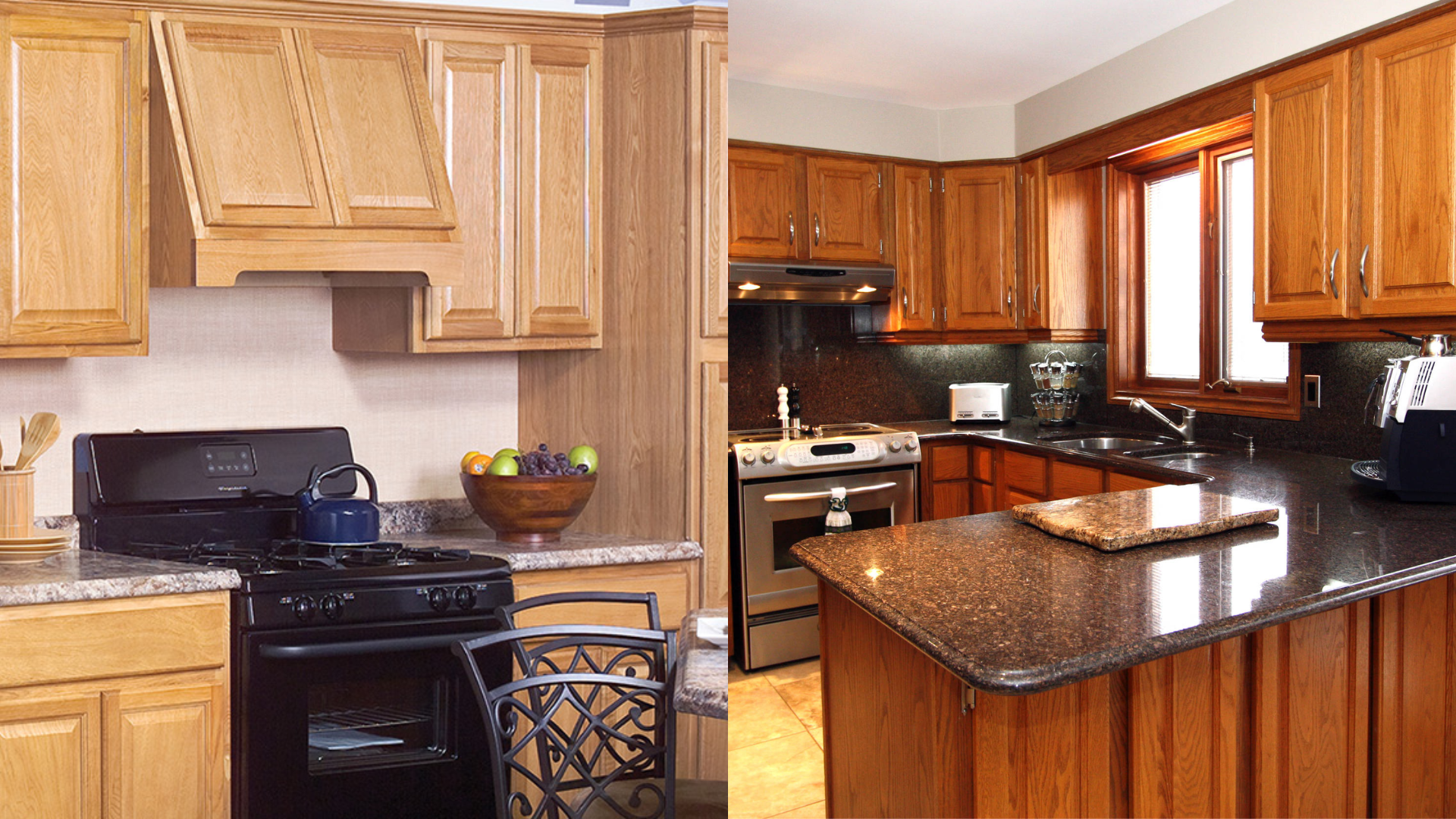
Before choosing between honey oak and golden oak, it’s helpful to know they’re not wood types – they’re stains applied to oak to change its look. These stains affect both the tone of the wood and the feel of a room.
Honey oak has a warm, soft amber tone. In some lighting, it may show hints of orange or brown. It’s popular for its cozy, familiar look and works well in traditional or transitional spaces with both neutral and bold colors.
Golden oak is lighter and more yellow-golden in tone. It adds brightness and energy to a room, reflecting light better than darker finishes. It pairs well with white, pastels, and light gray, and is often used in kitchens, trim, and flooring.
Your choice depends on the mood you want – warm and grounded or bright and airy.
Why Are These Stains Named After Oak?
The names “honey oak” and “golden oak” originate from how these stains were first used. They were designed to bring out the natural beauty of oak wood, which is strong and characterized by visible grain.
Oak soaks up stain well and shows off warm tones clearly, which is why it became the go-to wood for these finishes. Although these stains are now used on other types of wood, their names have remained the same.
That’s because they still create the same warm and grain-rich look that oak is known for. The names describe not only the wood they were made from, but also the style and color they bring to a space.
Where Honey Oak and Golden Oak Are Used
I’ve seen honey oak and golden oak used all over the home, and for good reason. Their natural look works with many styles, old or new. They highlight oak’s best features and blend easily with other finishes.
- Cabinets: Honey oak tends to make these spaces feel more relaxed, while golden oak gives a brighter, more vibrant touch. Each can bring warmth to a space without making it too dark.
- Floors: Hardwood floors stained in either honey or golden oak are a classic choice. They bring a sense of balance and comfort to a room.
- Tables and Chairs: These finishes are often used on dining tables, coffee tables, and side tables to emphasize the natural wood grain.
- Trim and Baseboards: These stains are also used around windows, doors, and along walls. Honey oak trim offers a more traditional, calm appearance, while golden oak can brighten a room’s edges and corners.
Styling Your Space with Honey Oak and Golden Oak
When I chose between honey oak and golden oak, I had to think beyond color. Each stain looks different depending on lighting, style, and nearby colors.
Interior Styles

Honey Oak works well in modern or minimalist rooms. Its soft look blends in with clean lines and simple designs.
Because of its warmth, it doesn’t make the space feel too cold or plain. It adds just enough color to feel natural. Use it with light walls, soft fabrics, and simple shapes.
Golden Oak is best suited for classic or vintage homes. It brings out the beauty in older furniture and décor.
The yellow tone gives it a cozy, time-tested feel. It works nicely with rich fabrics, dark metal, and older-style moldings or built-ins.
Lighting Effects
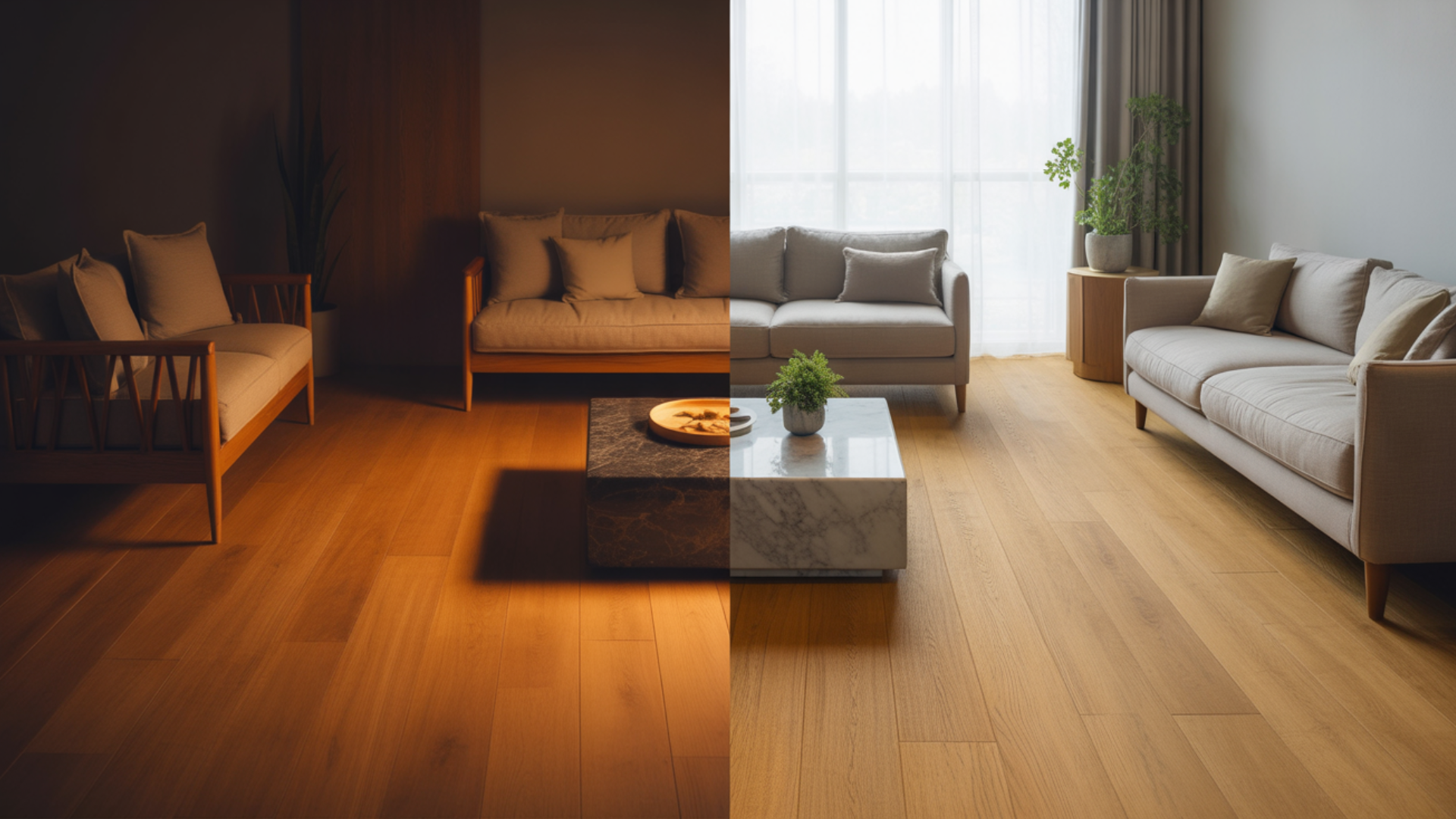
Honey Oak can help light up darker rooms. It reflects soft light and adds warmth to spaces that receive little sunlight.
If a room feels a little dim or cool, this finish can help make it feel brighter and more comfortable. It also helps bounce artificial light around the room.
Golden Oak looks best in sun-filled spaces. Natural light brings out its full color, giving the wood a nice glow.
If you have large windows or rooms with a lot of sunlight, golden oak will stand out more. The light deepens the golden tone and highlights the grain clearly.
Color Matching
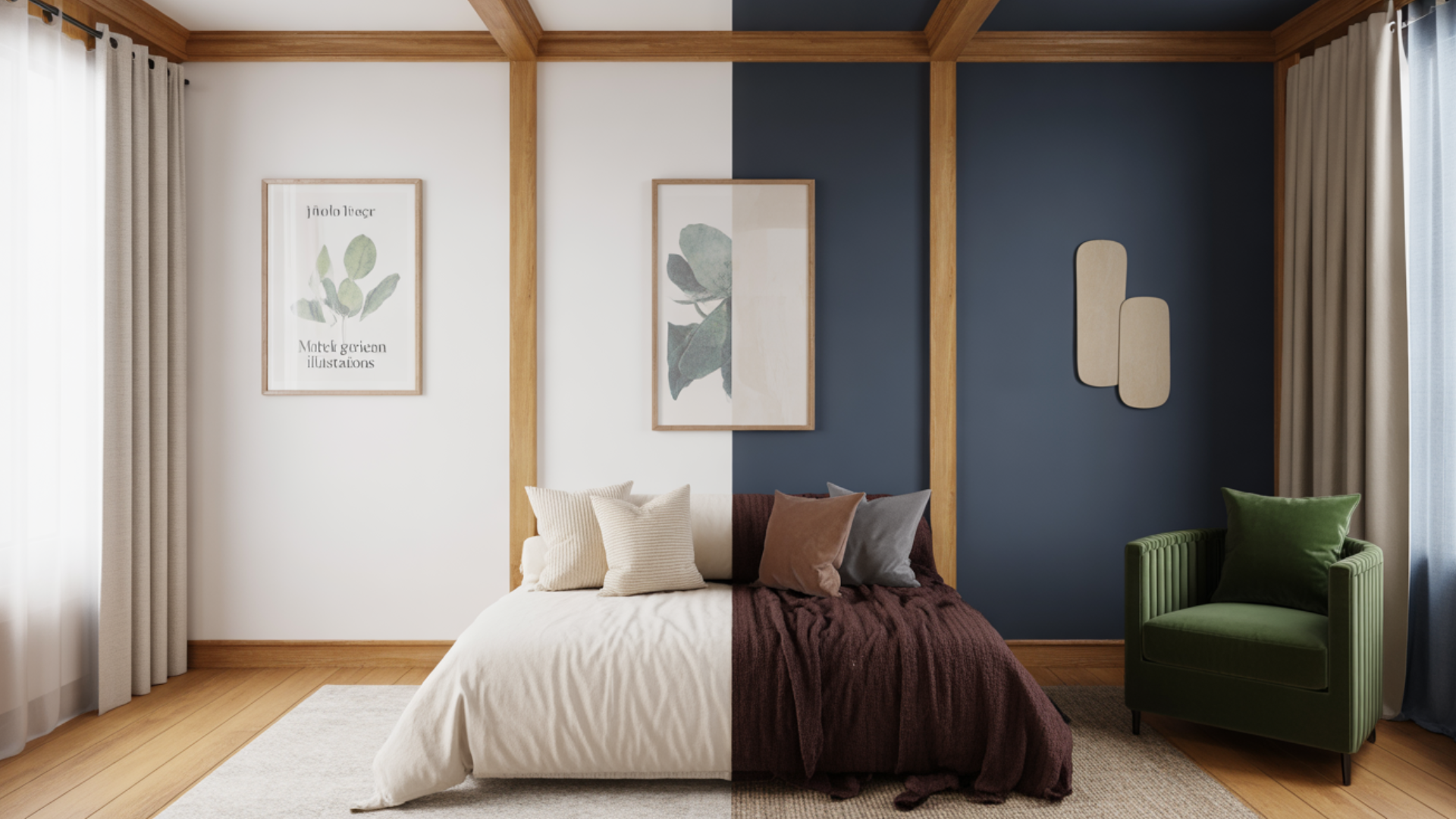
Honey Oak is easy to mix with other colors. It blends well with white, cream, gray, and soft greens.
It also matches both warm and cool tones, making it simple to decorate around. If you want a calm look or a mix of patterns, honey oak won’t clash.
Golden Oak provides a strong contrast in the right setting. It pairs best with darker shades, such as navy, deep green, or chocolate brown.
It can also pop against white or pale gray. However, some bright colors may compete with it. Pick calm, earthy tones for the best effect.
Maintenance and Durability of Honey Oak and Golden Oak
Both honey oak and golden oak are known for their warm appearance and lasting quality, but they do need regular care to stay in good shape.
While the two stains are similar, they handle wear a little differently. Knowing the right way to care for each can help keep your floors, furniture, or trim looking clean and well-kept for years to come.
| Feature | Honey Oak | Golden Oak |
|---|---|---|
| Wear and Tear Visibility | Shows marks and fading more easily. | Hides light scratches and marks better. |
| Cleaning Routine | Needs regular dusting and gentle wiping. | Also needs cleaning, but not as often. |
| Best Cleaning Method | Soft cloth and mild cleaner; avoid strong chemicals. | Use gentle products; avoid anything rough or harsh. |
| Helpful Tips | Add rugs or pads to protect surfaces in busy areas. | Good choice for high-traffic rooms like kitchens or hallways. |
To help them last longer, consider adding a clear sealant every few years. This adds a layer of protection, allowing the stain to retain its color.
If the finish begins to wear off, a light sanding and a new coat can refresh it without requiring the replacement of the entire piece.
How you clean and protect these finishes can affect how long they last and how good they look over time.
Modern Trends for Honey Oak and Golden Oak
Honey oak is making a return in modern interiors. Designers are using it in fresh, simple spaces where warm wood adds balance to clean lines and light colors.
It pairs well with neutral tones and simple layouts, making it a solid choice for updated homes.
Golden oak remains a popular choice for classic designs. It suits homes with detailed trim, vintage furniture, or darker color schemes.
It has a timeless look that many homeowners still prefer, especially in traditional layouts.
Honey Oak vs Golden Oak: What Sets Them Apart
Honey oak and golden oak may look similar at first glance, but they have clear differences that can influence how a room looks and feels.
If you’re deciding between the two, it helps to understand how they compare in terms of color, design, and how easily they pair with other elements. Here’s a simple table to help you compare:
| Feature | Honey Oak | Golden Oak |
|---|---|---|
| Color Tone | Light amber hues. | Deep golden shades. |
| Aesthetic Feel | Warm and inviting. | Rich and bold. |
| Versatility | Easy to match with many styles. | More noticeable, it needs careful pairing with other elements. |
| Best Use | Cozy, soft spaces like bedrooms or family rooms. | Traditional or bold designs, such as formal dining or entry areas. |
| Lighting Needs | Works well in dim or low-light rooms. | Looks great in bright, sunlit spaces. |
| Price | Similar to golden oak, it depends on the brand and finish type. | Comparable pricing may shift slightly with design trends. |
| Where to Find It | Widely available in stores and through custom orders. | Equally available, pre-finished options may be more common. |
Choosing Between Honey Oak vs Golden Oak
Here are a few key points to help you decide:
- Existing Decor: Look at what you already have. Choose the finish that fits your furniture, flooring, or overall room style.
- Room Lighting: Consider the amount of sunlight the room receives. Lighter stains may help brighten darker rooms, while golden tones shine in sunlit spaces.
- Personal Taste: Pick the one that feels right to you. Both options are versatile, so go with the look you’ll enjoy every day.
Conclusion
Honey oak and golden oak are two popular stains that offer different looks and feels. Honey oak has a soft, warm tone that suits modern or casual spaces. It works well in rooms that need a gentle touch without being too dark.
Golden oak, on the other hand, has a brighter, golden tone that fits more traditional or classic styles. It adds energy to rooms with good natural light and can highlight detailed wood grain.
Both finishes are strong and long-lasting if properly cared for. Regular cleaning, light protection, and occasional touch-ups will help keep them looking their best.
When I was choosing between the two, I looked at my home’s style, lighting, and what felt right to me. It helps to compare them in your own space.
The right choice will add comfort, character, and a natural touch to your interiors.







